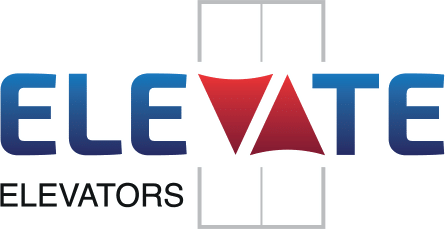Learn about the Comptroller’s senior staff members
No matter what your question is, the Office is here to help
View Powers and Duties under New York State Law
Learn about each of the different bureaus’ functions
The Comptroller’s biography and his policies
For the Public
For Businesses
For City Agencies
Financial Matters
Table of Contents
The objective of this audit was to determine whether New York City Transit (NYCT) performs required preventive maintenance services and inspections on its escalators and elevators and makes associated repairs in a timely manner.
NYCT, part of the Metropolitan Transportation Authority (MTA) system, is responsible for subway and bus operations in New York City.[1] NYCT’s Division of Elevators and Escalators (E&E) is responsible for the maintenance, repair, and inspections of the elevators and escalators located throughout the subway system. One of E&E’s key objectives is to ensure that subway elevators and escalators (also collectively referred to herein as “machines”) are functioning safely and available to the public, and that service outages (i.e., instances when machines are temporarily out of service) are kept to a minimum. Elevators and escalators are essential to ensuring that the stations they service are accessible to all patrons, especially to those who are mobility impaired.
E&E has set an aggregate goal of 96.5 percent availability on average for each of its elevators and 95.2 percent availability on average for each of its escalators. E&E measures the machines’ “availability” by calculating the percentage of time that a unit is running and available for customer service. Thus, the time “available for customer service” excludes: (1) when a machine is located within a subway station that is closed for rehabilitation; or (2) when a machine is undergoing rehabilitation performed by an outside contractor. This means that a machine that is inoperable and being serviced by a private contractor (and, according to a NYCT official, generally removed from the station altogether) is not considered “unavailable” for the purpose of NYCT’s calculation of availability percentages.
Each machine (elevator or escalator) requires preventive maintenance (PM) service, the frequency of which is based on the machine’s age, condition and usage.[2] There are five levels of PM, with Level 1 being the least extensive and the other levels increasing in complexity up to Level 5. Under certain circumstances, Level 1 or 2 PM service for a machine can be suspended. According to E&E officials, Levels 3, 4 and 5 service assignments should not be suspended, with the exception of extenuating circumstances such as extensive work performed just prior to the scheduled maintenance. PM service is performed by Transit Electro-Mechanical Maintainers (maintainers).
In addition to PM service, there are two categories (1 and 5) of ASME (American Society of Mechanical Engineers) inspections, which are conducted by E&E’s inspection teams. The PM service assignments and ASME inspections are scheduled in December for the upcoming calendar year.
Deficiencies identified during a PM service assignment or an ASME inspection are categorized as either Type A or Type B defects, depending on their severity.
To address the defects identified during PM service assignments and ASME inspections, supervisors are required to create work orders in the Elevator and Escalator Reporting and Maintenance System (EERMS), used by E&E for, among other things, asset management and to document work orders and repairs. In addition, E&E uses a computer system called LiftNet that remotely monitors safety devices in each machine. LiftNet regularly transmits information to EERMS. When a safety mechanism is triggered in a machine, LiftNet creates an “event,” which is then recorded in EERMS as an “outage.”
We identified multiple deficiencies in NYCT’s preventive maintenance efforts. Among other things, we found that:
Based on the audit, we make 13 recommendations, including:
In its response, NYCT does not acknowledge the audit’s findings or directly address the audit’s recommendations. However, portions of the response appear to indicate that the agency agrees with three of the 13 recommendations. NYCT attempts to minimize the audit’s findings in its response. However, in its attempt to do so, NYCT relies on descriptions of the audit’s methodology and findings that are simply inaccurate.
[1] NYCT is not responsible for the Staten Island Railway.
[2] PM service can be performed in 4, 6 or 8 week intervals.
Download The Report
Table of Contents
One Centre Street
New York, NY 10007
(212) 669-3916
Suspect Wasteful Spending?
Call (212) NO-WASTE
Get the latest news in your inbox.
To change the text size you can use your web browser’s settings. Most browsers include functionality to let you increase or decrease the text on a web page. For example, to increase text size using:
Receive important news and analysis from the Comptroller’s Office on major issues affecting New York City.
Subscriptions
Receive investor-related news and financial reports.
Subscriptions
